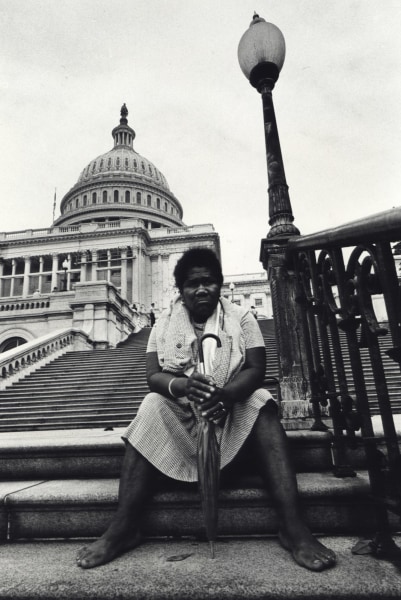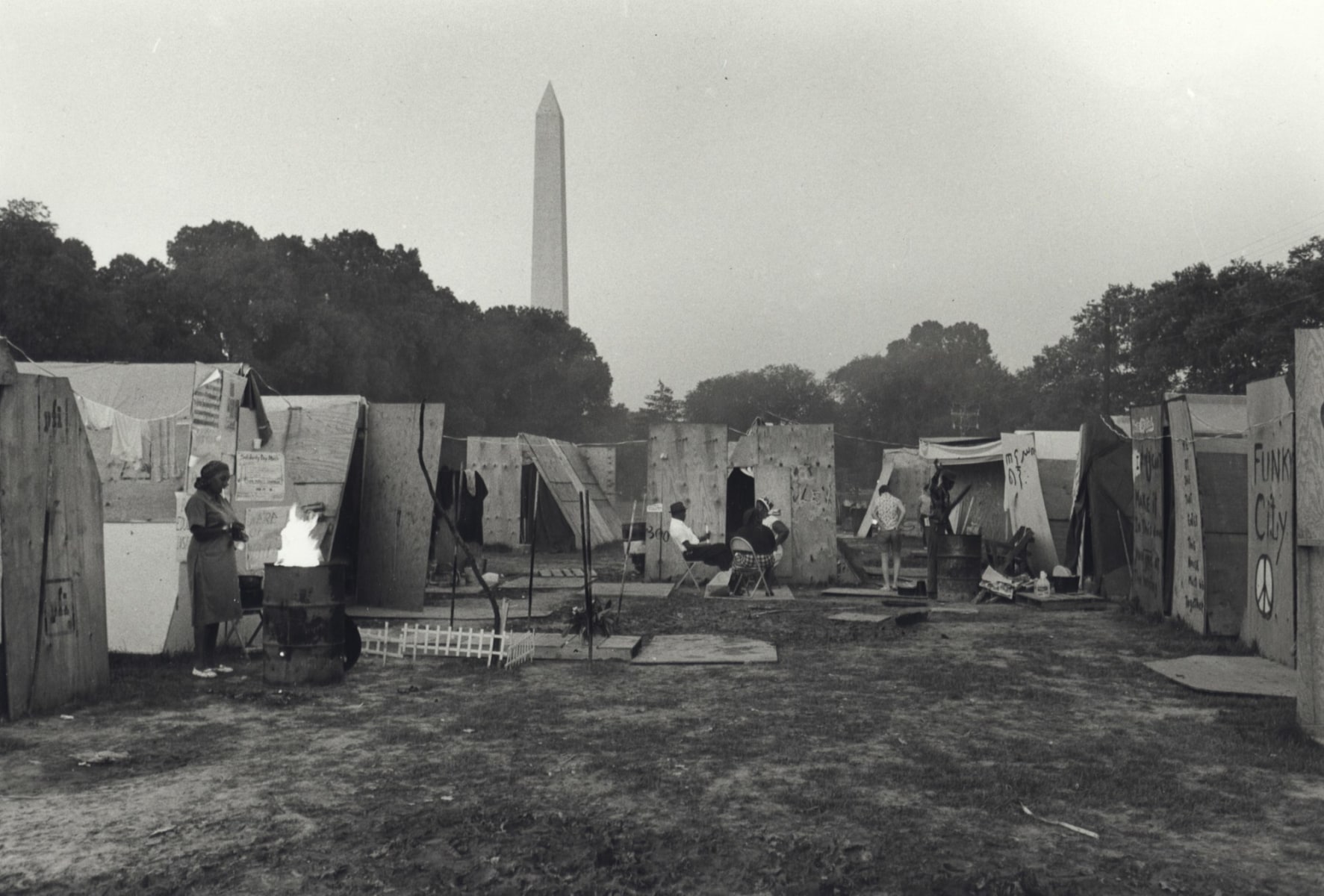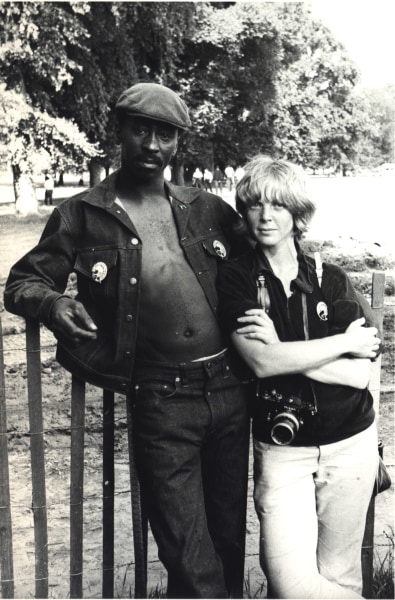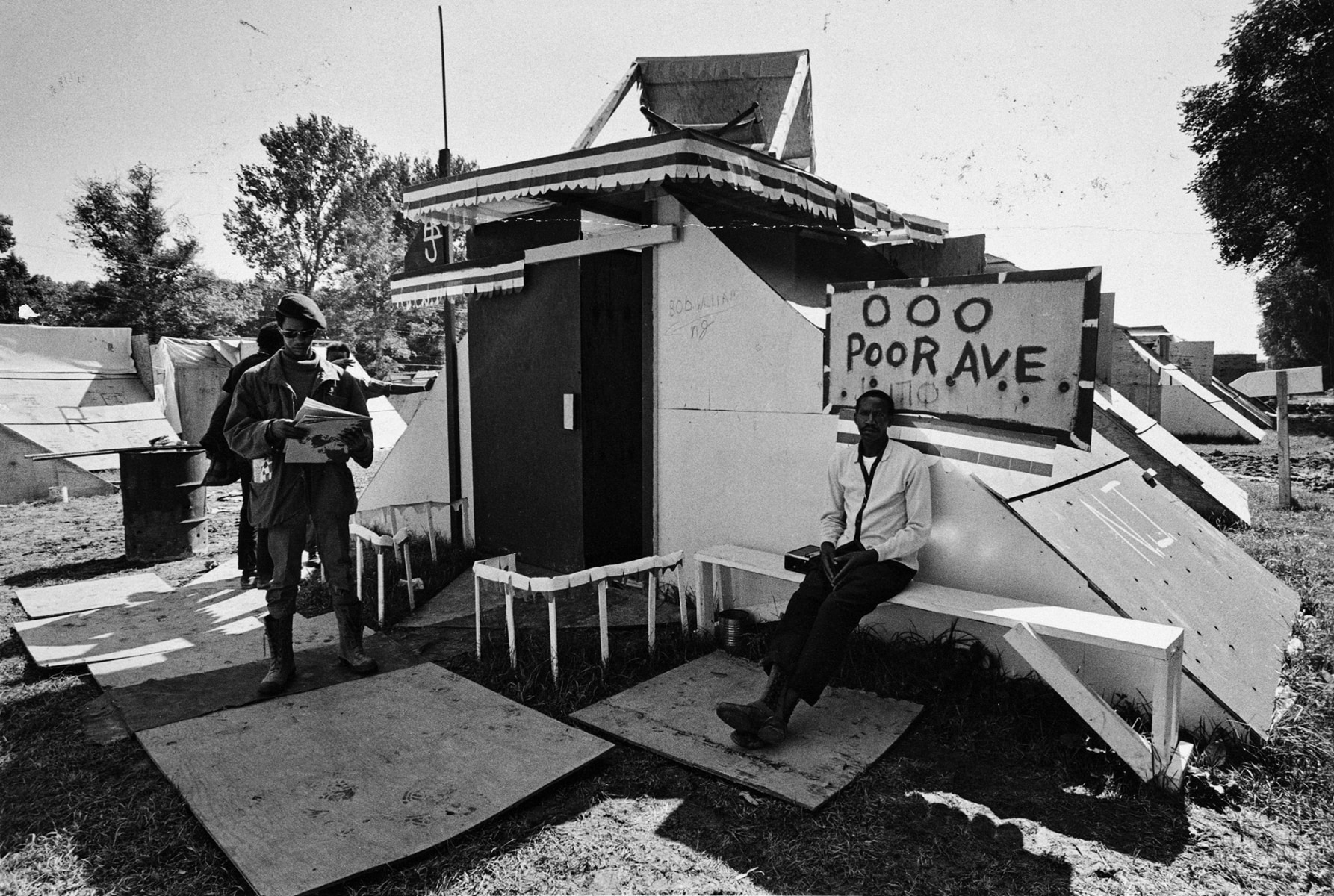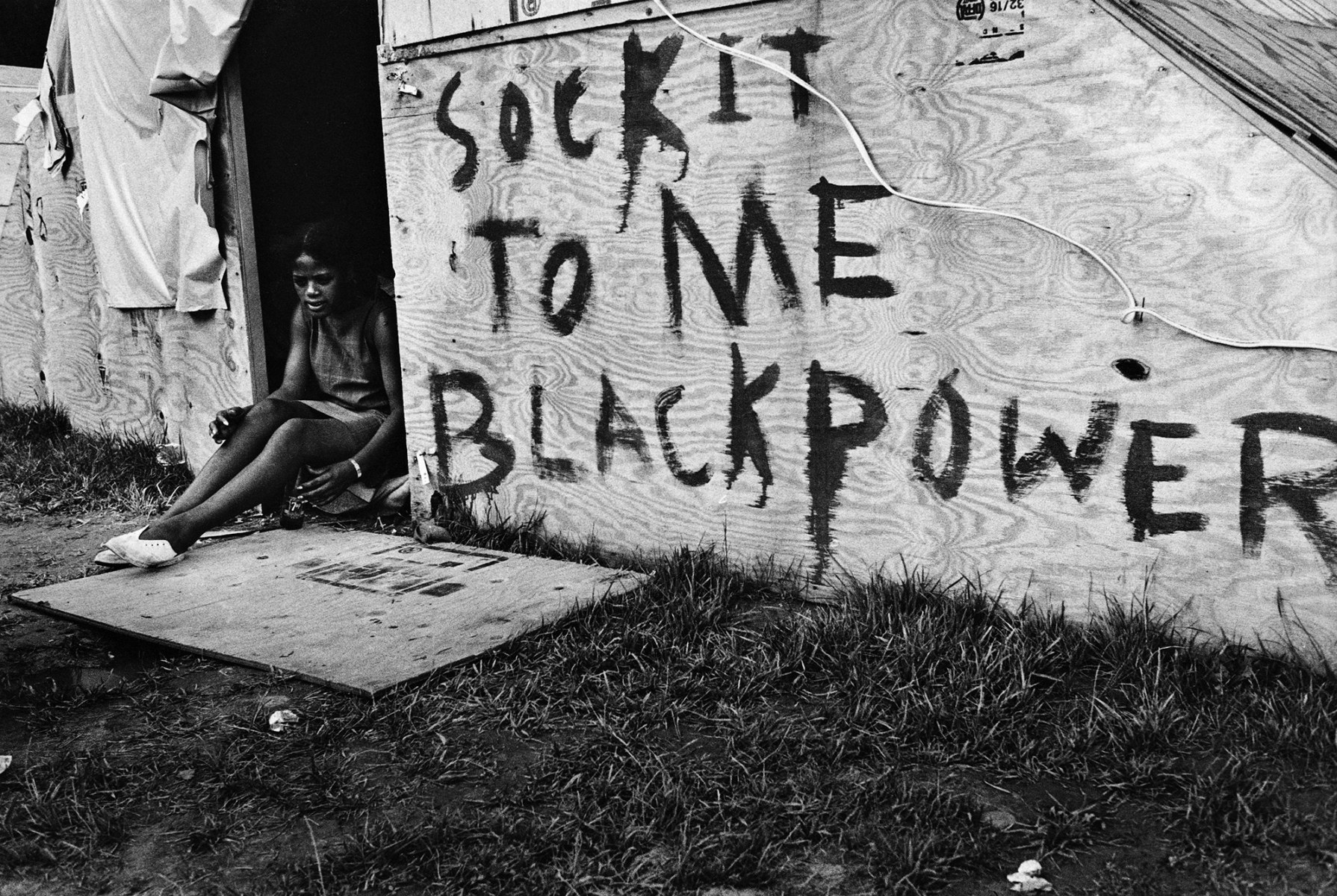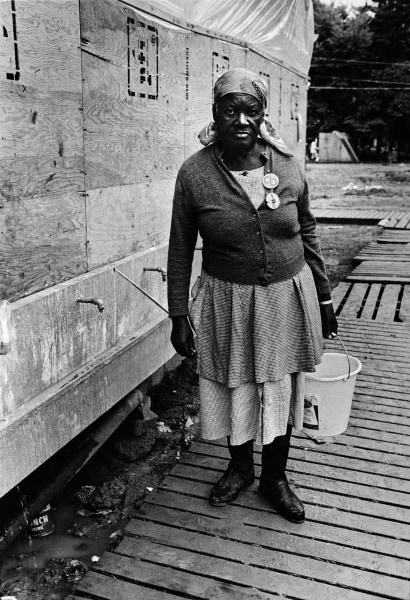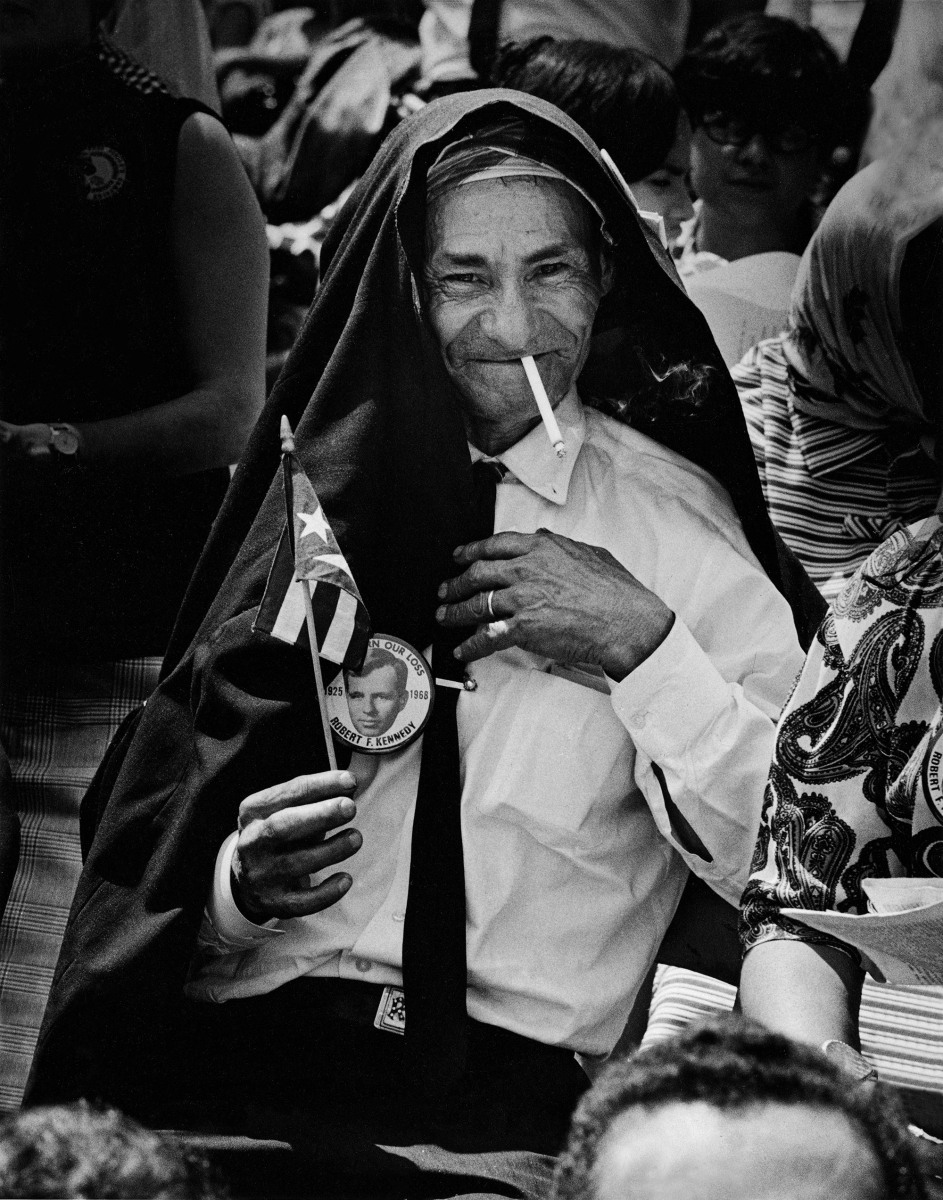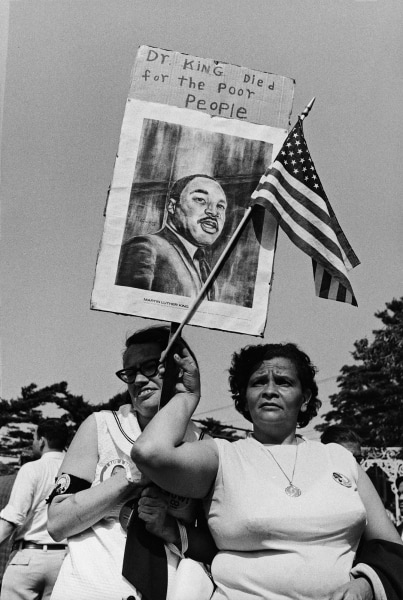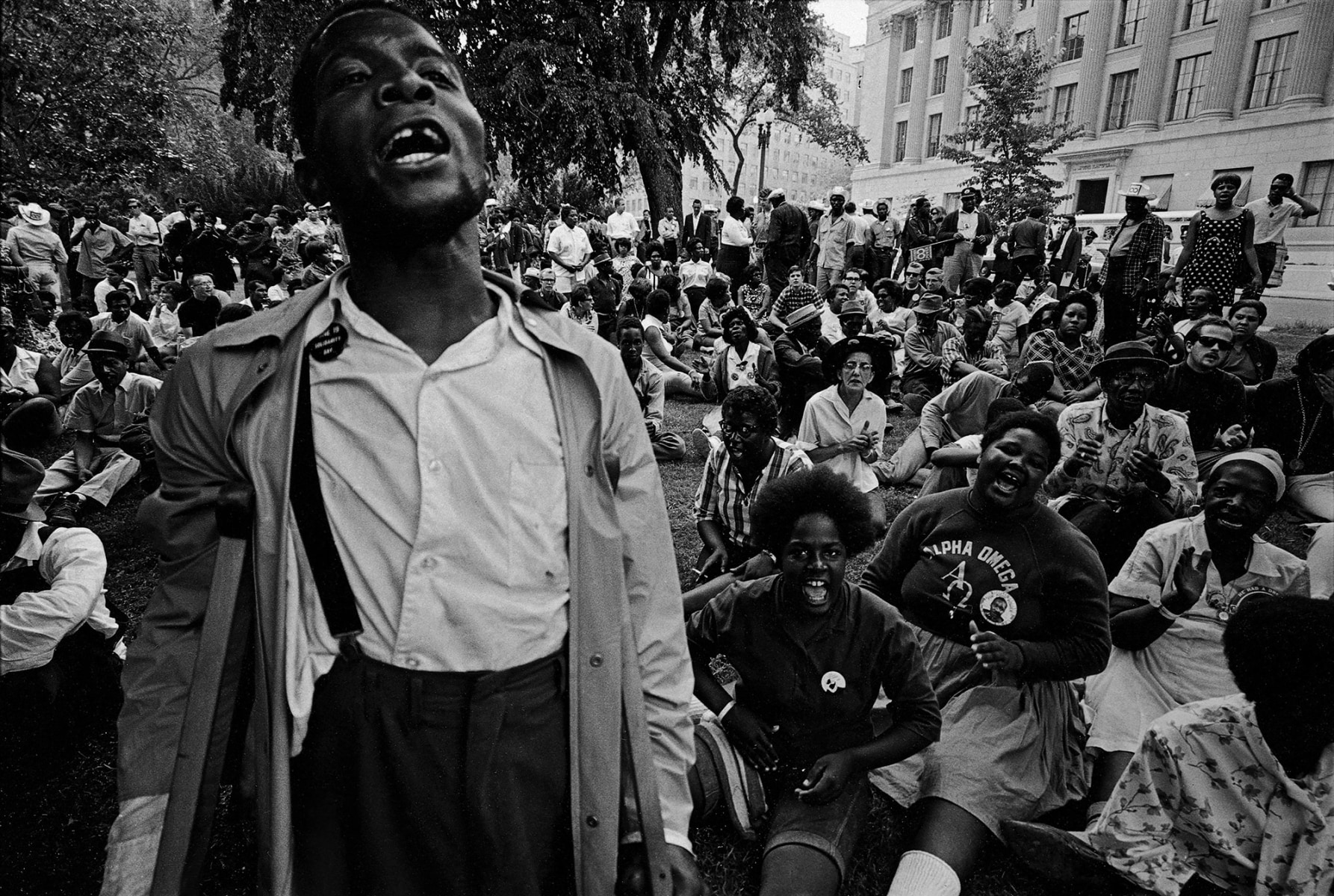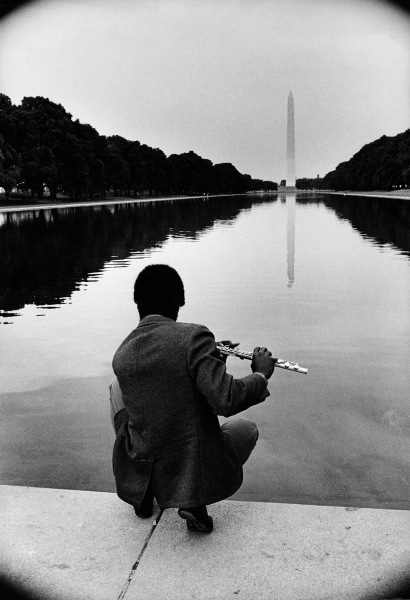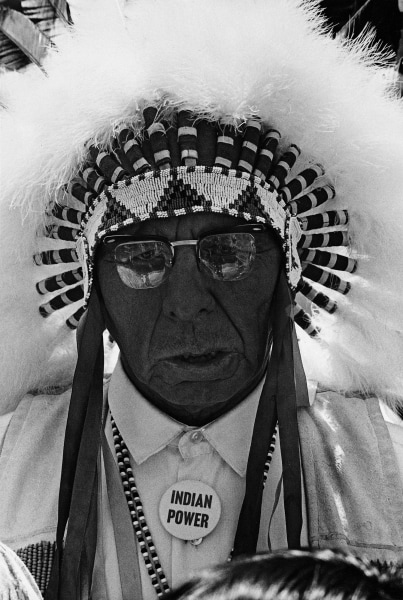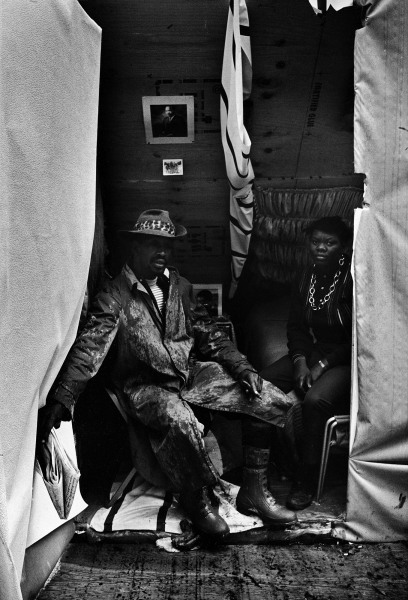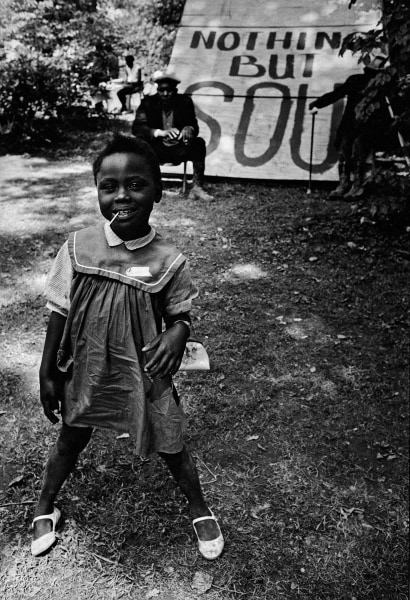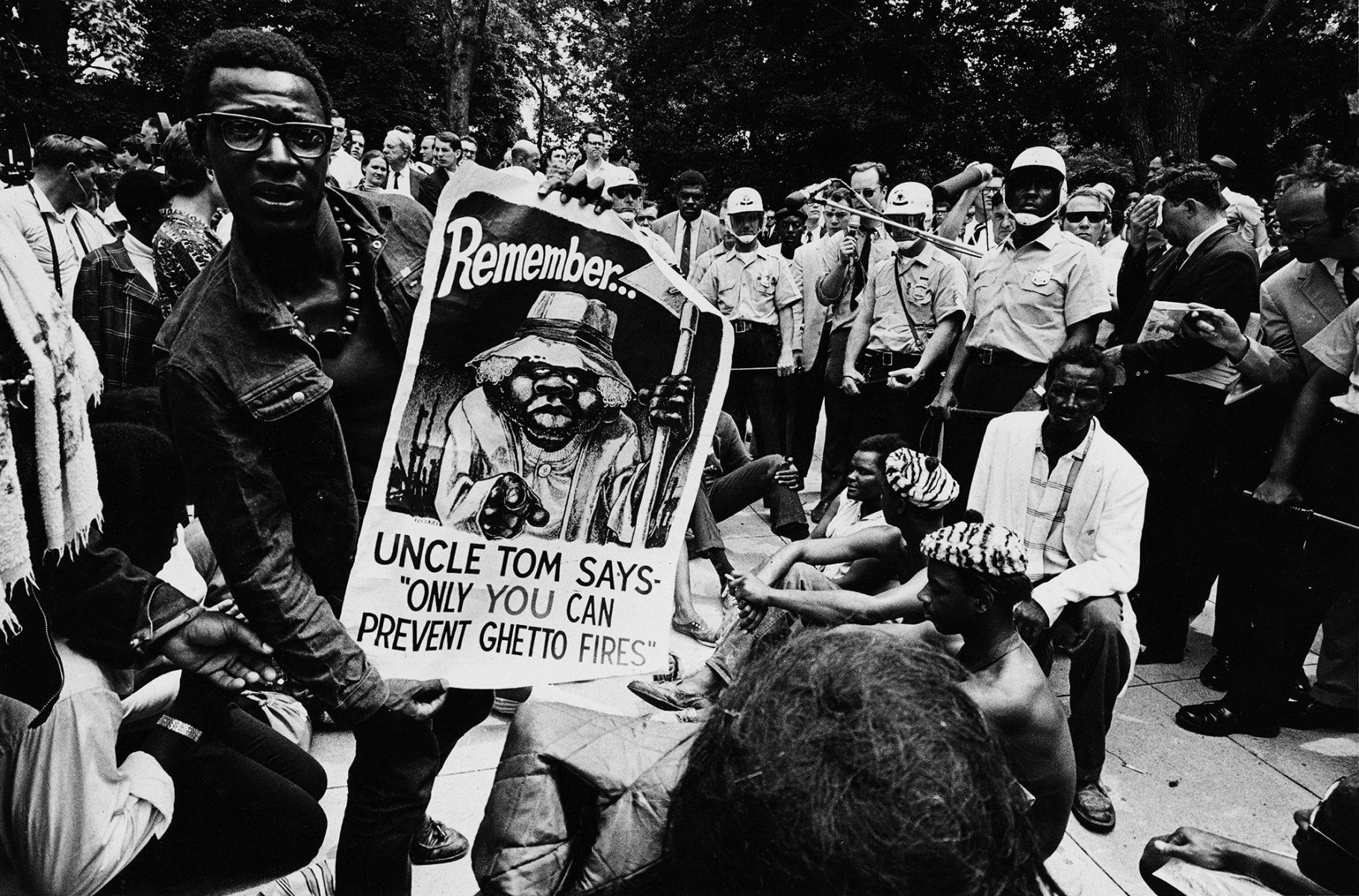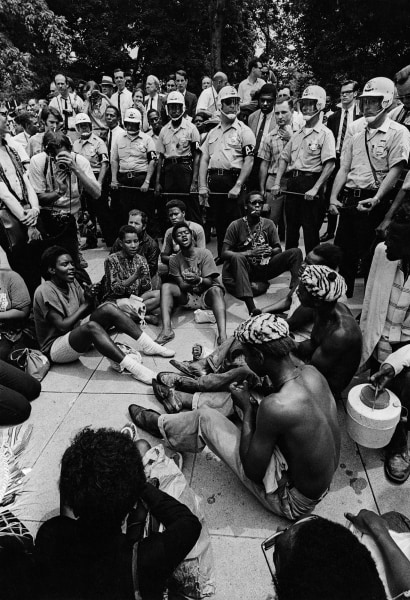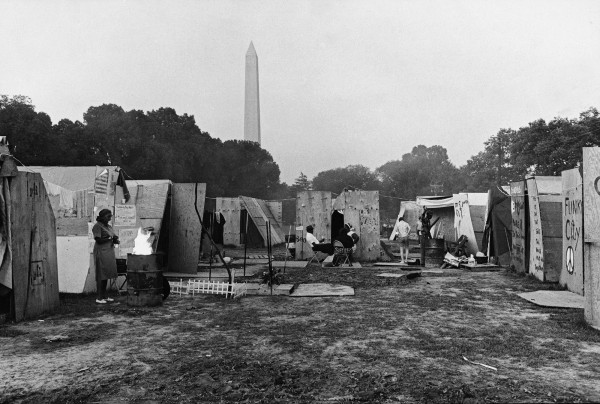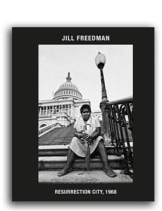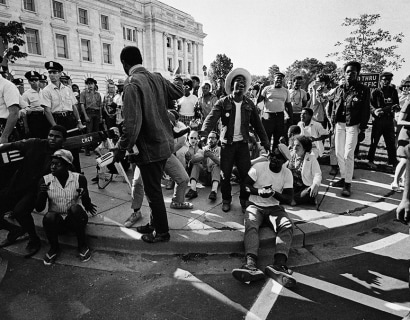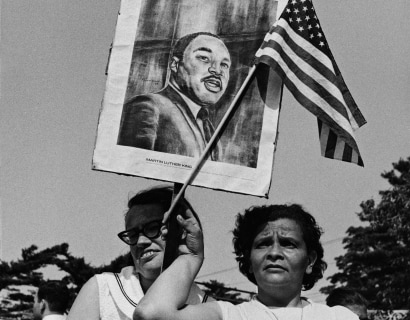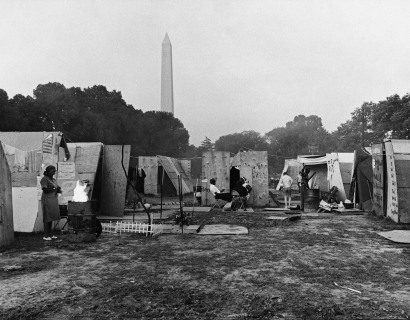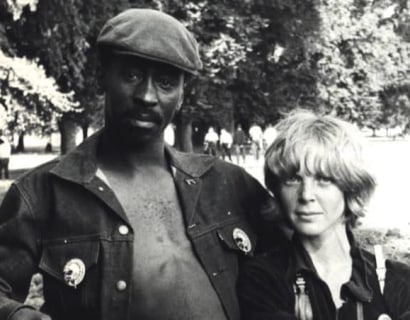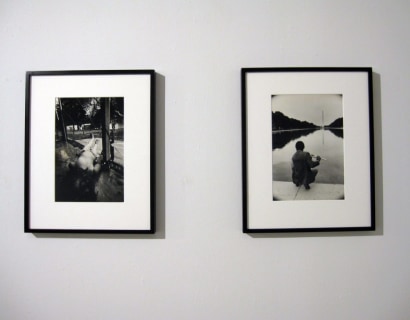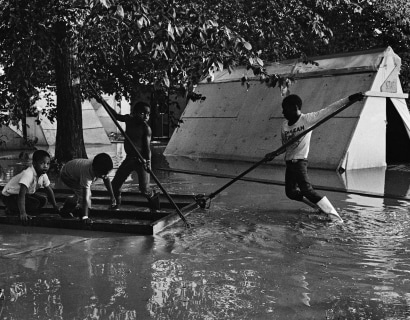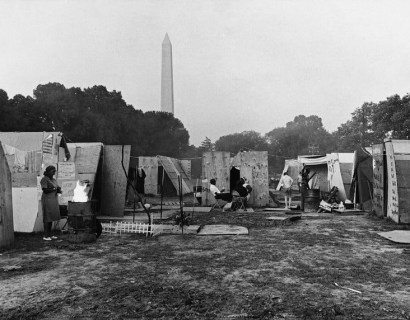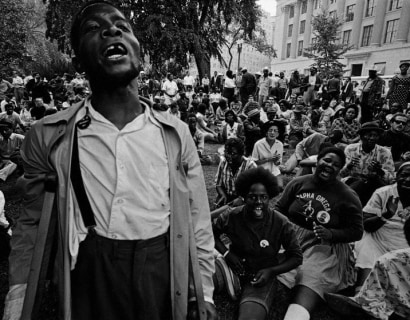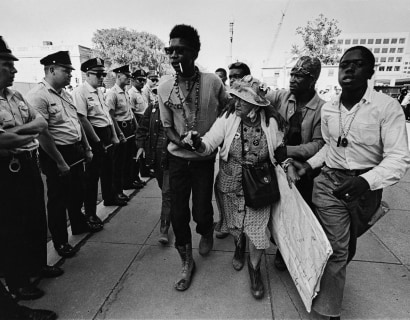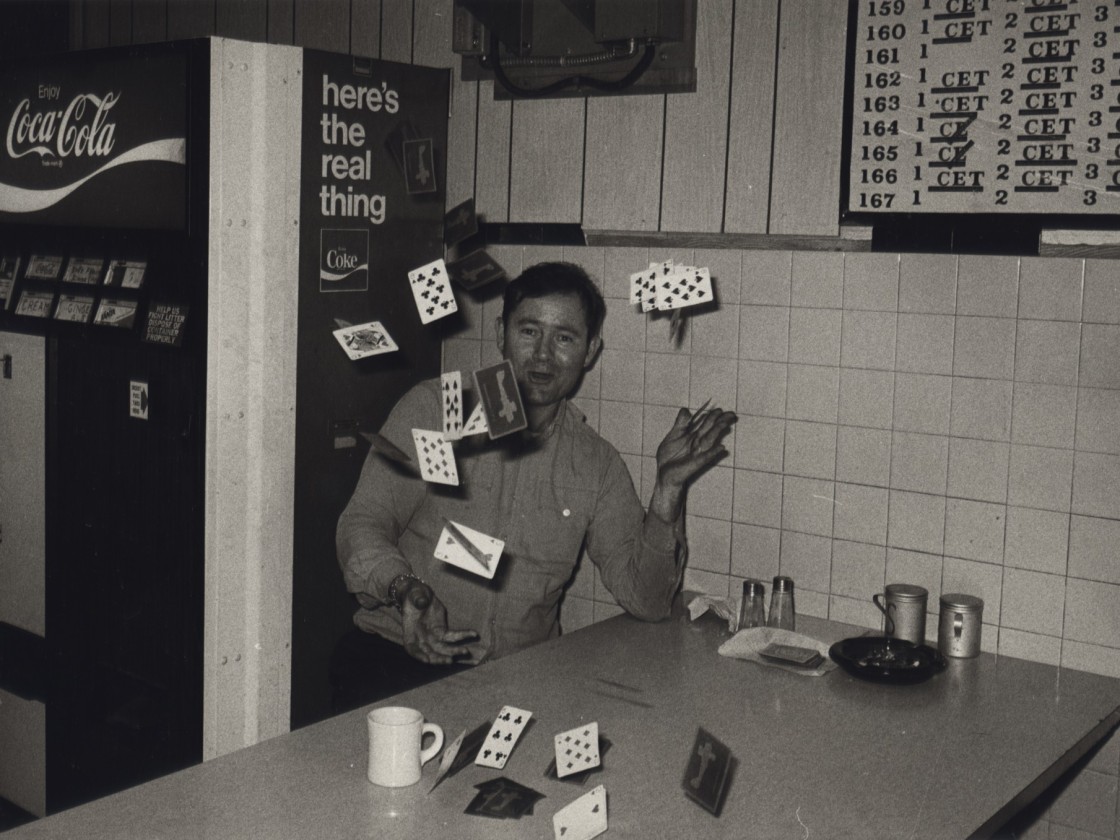
Jill Freedman: Resurrection City, 1968
Exhibition: October 26th – December 22nd, 2017
Opening Reception: October 26th, 6 – 8 PM
I knew I had to shoot the Poor People’s Campaign when the murdered Martin Luther King, Jr. I had to see what was happening, to record it and be a part of it, I felt so bad. Besides, it sounded too good to miss…. Always have been poor people, still are, always will be. Because governments are run by ambitious men with of no imagination. Whose priorities are so twisted that they burn food while people starve. And we let them. So that history doesn’t change much but the names.
– Jill Freedman, 1971
Steven Kasher Gallery is proud to announce a major exhibition, Jill Freedman: Resurrection City, 1968. The exhibition features over 70 black and white vintage prints of photographs made by Jill Freedman in the protest camp built on the Washington Mall as the culmination of the Poor People’s Campaign. Freedman’s sustained pictorial effort is one of the lasting achievements of photography as social protest in America. This work was published in book form in 1971, but has never been exhibited previously. This exhibition coincides with the release of a new book, Jill Freedman: Resurrection City, 1968, published by Damiani, and marks the 50th anniversary of the death of Dr. Martin Luther King, Jr. This is the artist’s second solo show in the gallery.
In the spring of 1968, Freedman felt a call to action and joined the Poor People’s Campaign, organized by Dr. King and led by Ralph Abernathy after Dr. King’s death. In the last months of his life Dr. King called publicly for a national demonstration by the poor that would “confront the power structure massively.” The Poor People’s Campaign and Resurrection City were the results of that call. The campaign brought over 3,000 people from nearly all 50 states to Resurrection City, an encampment of wooden shanties on the Washington D.C. Mall. It began with utopian do-it-yourself collectivism, was flooded by torrential rains, and ended in mass arrests. Freedman lived and photographed there for its six-week lifespan, portraying the daily struggle of an ad hoc society of different races, varying demands, and the common goal of calling attention to the injustice and inequality of America. After a sojourn of six weeks, Resurrection City's Park Permit expired on June 23. The next day, police moved through the area, tearing down the buildings and arresting nearly 300 people. By June 24th, Resurrection City was gone.
Like its successor Occupy Wall Street, Resurrection City is sometimes remembered as a failure. Calvin Trillin captured it best when in June of 1968 he wrote in The New Yorker, “The poor in Resurrection City have come to Washington to show that the poor in America are sick, dirty, disorganized and powerless — and they are criticized daily for being sick, dirty, disorganized and powerless.” Freedman’s photographs present an alternative portrait, gritty but sympathetic, an insider’s view. Her images show life in the camp at its most humane and most mundane. Two men nap on cots in a tent, galoshes-wearing kids float a makeshift raft in the floodwaters, a young mothers seek treatment at a makeshift healthcare clinic, graffiti reads “Nothing but Soul,” and “Get Real World.” Freedman caught standoffs with baton-toting police, the frustrations of the Resurrection City Council, hopes and burdens on the faces of the residents. In her accompanying text Freedman noted an underlying irony: “Talk about poor; some of these people raised their whole standard of living just by moving in.”
Art critic A.D. Coleman said “[Freedman] is one of the great unsung documentary photographers of her generation.” Freedman was a featured artist in Cheryl Dunn’s 2013 documentary “Everybody Street.” The June 2015 issue of Camera was devoted to Freedman, with four articles spread across 41 pages. Her recent gallery shows have cemented her place as one of the great concerned photographers of the 20th century.
In 1971, Freedman published Old News: Resurrection City. This exhibition coincides with the release of a new book, Jill Freedman: Resurrection City, 1968, published by Damiani, which features many photographs from Freedman’s original 1971 book along with never before published images. Jill Freedman: Resurrection City, 1968 features Freedman’s original text from 1971 and new essays by John Edwin Mason, historian at the University of Virginia, and by Aaron Bryant, the Mellon Curator of Photography at Smithsonian National Museum of African American History and Culture.
Jill Freedman was born in 1939 in Pittsburgh. Prior to her now five-decade career as a photographer, Freedman was nightclub singer. Her photographs are in numerous permanent collections including the Museum of Modern Art, New York; the Jewish Museum, New York; the Smithsonian American Art Museum, the Museum of Fine Arts Houston and the Bibliotheque Nationale de France. She has had solo exhibitions at the International Center of Photography, New York; the Museum of Contemporary Photography, Chicago; the George Eastman House and twice at the Photographers’ Gallery, London. She has been the recipient of two grants from the National Endowment for the Arts, the Alicia Patterson Foundation Fellowship, and an Honorary Fellowship of the Royal Photographic Society, London. She has published eight books, Old News: Resurrection City (Grossman, 1971); Circus Days (Harmony, 1975); Firehouse (Doubleday, 1977); Street Cops (Harper & Row, 1982); A Time That Was: Irish Moments (Friendly Press, 1987); Jill’s Dogs (Pomegranate Art Books, 1993); Ireland Ever ( Abrams, 2004) and Jill Freedman: Resurrection City 1968 (Damiani, 2017).
Jill Freedman: Resurrection City 1968 will be on view October 26th – December 22nd, 2017. Steven Kasher Gallery is located at 515 W. 26th St., New York, NY 10001. Gallery hours are Tuesday through Saturday, 10 AM to 6 PM. For more press and all other inquiries, please contact Cassandra Johnson, 212 966 3978, cassandra@stevenkasher.com

